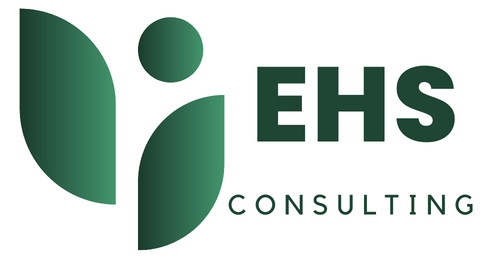EXPERIENCE AND KNOWLEDGE
Test Evacuations from Buildings
Are you interested in a test evacuation from a building?
or call: +48 887 043 666
According to § 17 of the regulation of the Ministry of Interior and Administration regarding fire protection of buildings, other construction facilities, and areas, periodic checking of the organization and evacuation conditions is required in the following cases:
- for a facility other than residential, intended for more than 50 people as its permanent users – at least once every 2 years;
- for facilities where the group of over 50 users changes cyclically, especially in schools, kindergartens, dormitories, student houses – at least once a year, but no later than 3 months from the day new users start using the facility;
- for facilities primarily intended for people with limited mobility, such as hospitals, nurseries, kindergartens, homes for the elderly, or containing a part (fire zone) for such purposes – the scope and area of the building agreed with the relevant local commander of the State Fire Service.
Test evacuations primarily aim to ensure the proper functioning of organizational evacuation solutions in buildings, including their implementation for practical use by users.
FAQ
Do you have other questions?
Check our frequently asked questions – together we will dispel any doubts!
1.
Contact
The first step is to contact us by phone or email
2.
Conversation
The second step is to understand the client’s needs and propose conditions
3.
Cooperation
The third step is to establish cooperation and start activities
REFERENCES
See what our clients say about us
High professionalism, the possibility of using services online, and wide availability. I wholeheartedly recommend Ms. Agnieszka Kuźmicka.
Piotr Błaszczyk
Tax Consultant at SWGK
Agnieszka conducted OHS training for employees of my company. I recommend her as a very good and professional trainer. The whole process went smoothly and in a pleasant atmosphere.
Marcin Olejnik
CEO at Chatbots
I recommend 100%! A large dose of valuable knowledge. 10/10!
Aleksandra Taraszkiewicz
Aleksandra Taraszkiewicz – divorces, family and guardianship matters
WHAT ARE THE EVACUATION CONDITIONS?
Appropriate evacuation conditions, ensuring the possibility of a quick and safe exit from the endangered or fire-affected area, should be provided from every place intended for people to stay in the building. These conditions should be adapted to the number and fitness level of individuals in the building, its functions, construction, dimensions, and should involve technical fire protection measures, including:
- Ensuring an adequate number, height, and width of evacuation exits.
- Maintaining permissible lengths, heights, and widths of evacuation paths and routes.
- Providing fire-safe enclosures and separations of evacuation routes and rooms.
- Protection against smoke in the specified evacuation paths, including the use of devices preventing smoke or technical solutions ensuring smoke removal.
- Providing emergency lighting (evacuation and backup) in rooms and on evacuation routes specified in technical building regulations.
- Ensuring the ability to broadcast warning signals and voice messages through an audible warning system in buildings where it is required.
The owner or manager of a building should apply solutions to meet the necessary evacuation conditions as specified in technical building regulations.
EVACUATION PROTOCOL – WHAT DOES IT INCLUDE?
An evacuation protocol is prepared after each conducted evacuation, including trial evacuations.
The evacuation protocol should include:
- Date of the evacuation.
- Participants in the evacuation.
- Notification principles for the evacuation.
- Actual course of the evacuation.
- Summary and conclusions.
- Recommendations from the State Fire Service.
SPECIAL ATTENTION SHOULD BE GIVEN TO:
- Evacuation principles for individuals in the building.
- Duties of evacuation coordinators.
- Notification principles for the evacuation.
- Evacuation direction principles.
- Duties of employees responsible for the evacuation process.
- Behavioral principles for evacuees during the evacuation.
- Communication principles with arriving State Fire Service officers.
After each conducted evacuation, a protocol is developed, containing information such as:
- the date of evacuation,
- participants,
- notification procedures,
- the actual course of the evacuation,
- summary and conclusions,
- recommendations from the State Fire Service.
Planning to conduct a test evacuation for your facility and unsure how to proceed?
Seek professional assistance from EHS Consulting, your occupational health and safety service.








